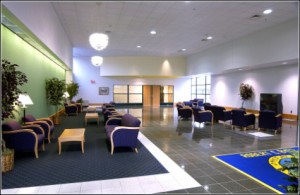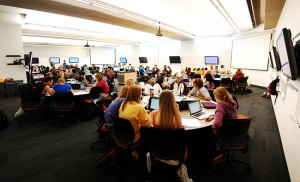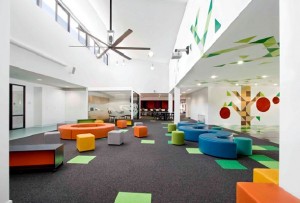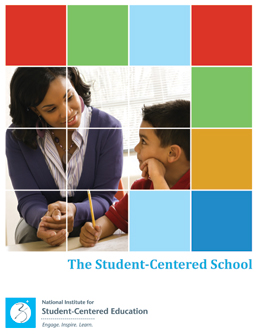We entera medium sized, architecturally uninteresting space. At the front of this roomthere is a black, white, or smart board. The person standing near the board isthe teacher. Somewhere to the side is the teacher’s desk. It is small to mediumsized, industrial, no frills, except whatever has been added by the teacher. Inmost of the rest of the room, students sit in rows in smaller desks, in chairsof a type that are rarely found anywhere outside of schools. The teacher’sdesk, though not large, is likely to be at least three times as large as thestudents’ desks.
As the teacher speaks, students listen. Students raise their hands when they wish tospeak. Through the act of raising a hand, a student may or may not be givenpermission to speak. If there is any discussion it is directed by the teacher.The teacher provides information through words and students learn by takingthese in, sometimes writing them down. Visual material, mostly on theblack/white/smart board, may be used to illustrate the words that are beingspoken.
Below are some examples of change in the architecture of the traditional classroom, which spill over into the adult work environment, and can help with a student-centered approach to learning. It is important for a student-centered educator to be aware of the options that exist outside of the ‘traditional’ landscape.

Social Learning Classroom
Photo Credit: American Public Radio, ZMM Architects, and DesignInteriorDecorating.com



Leave a Reply
You must be logged in to post a comment.